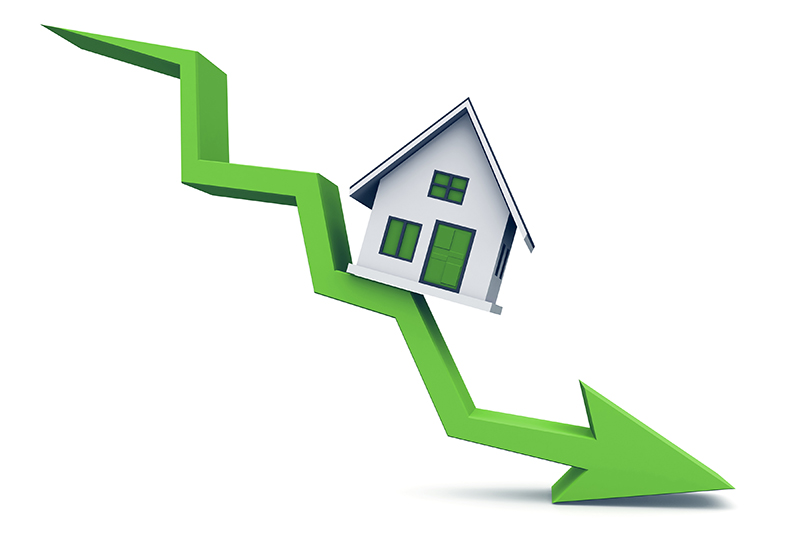Before one can enter into a discussion about Hard and Soft Markets it is important to understand the driving forces behind them. So here we go. Every time you give an insurance company a dollar, that insurance company would like to spend approximately 60 cents of it on claims and 25 cents of it on their overhead including agent commissions and contingents. The insurance company would like to keep the remaining 15 cents as profit.
The amount of dollars paid out for claims relative to the dollars in premium brought in is a company’s loss ratio, (or claim payments divided by total premium dollars, multiplied by 100). If you are paying out 60 cents for every premium dollar brought in on claims, you would have a 60% loss ratio. Some companies can operate profitably above 60% by reducing their overhead percentage and vice versa.
Adding a company’s loss ratio percent and percent overhead gives you a company’s combined ratio, (percent losses plus percent overhead). Going back to the example in paragraph 1, a company would like to have a combined ratio of 85%, (60% claims and 25% overhead). I think that most companies would be happy if they could maintain 90% or even 95% loss ratios because they are still making a profit of 5 to 10 cents on the dollar.
This is where the term Hard Market comes in. As a company’s combined ratio approaches or exceeds 1 the market begins to harden. First, rather than raise rates a company will tighten its underwriting standards (just like a bank loaning money). Attributes that might have been forgiven in a Soft Market now trigger disqualification from a preferred program to a standard program (at a higher rate). Those attributes may also trigger non-renewal or cancellation. Attributes that typically trigger program disqualification, non-renewal or cancellation are tickets/accidents, proximity to brush, low credit scores (in states other than California), the number of claims within a given period of time or the type of claims within that period.
If tightening underwriting standards does not slow or reduce a rising combined ratio the insurance company must raise rates to bring its combined ratio back down. Hence, the Hard Market. Today we are moving from a Soft Market into a Hard Market. Insurance companies are non-renewing and cancelling policies. In addition, many are instituting rate increases. Some are doing both.
__________________________________________________________________________________
This article(s) represents the views and opinions of Garrett Parkinson and not the Insurance Companies that he represents or illustrates in his articles.
